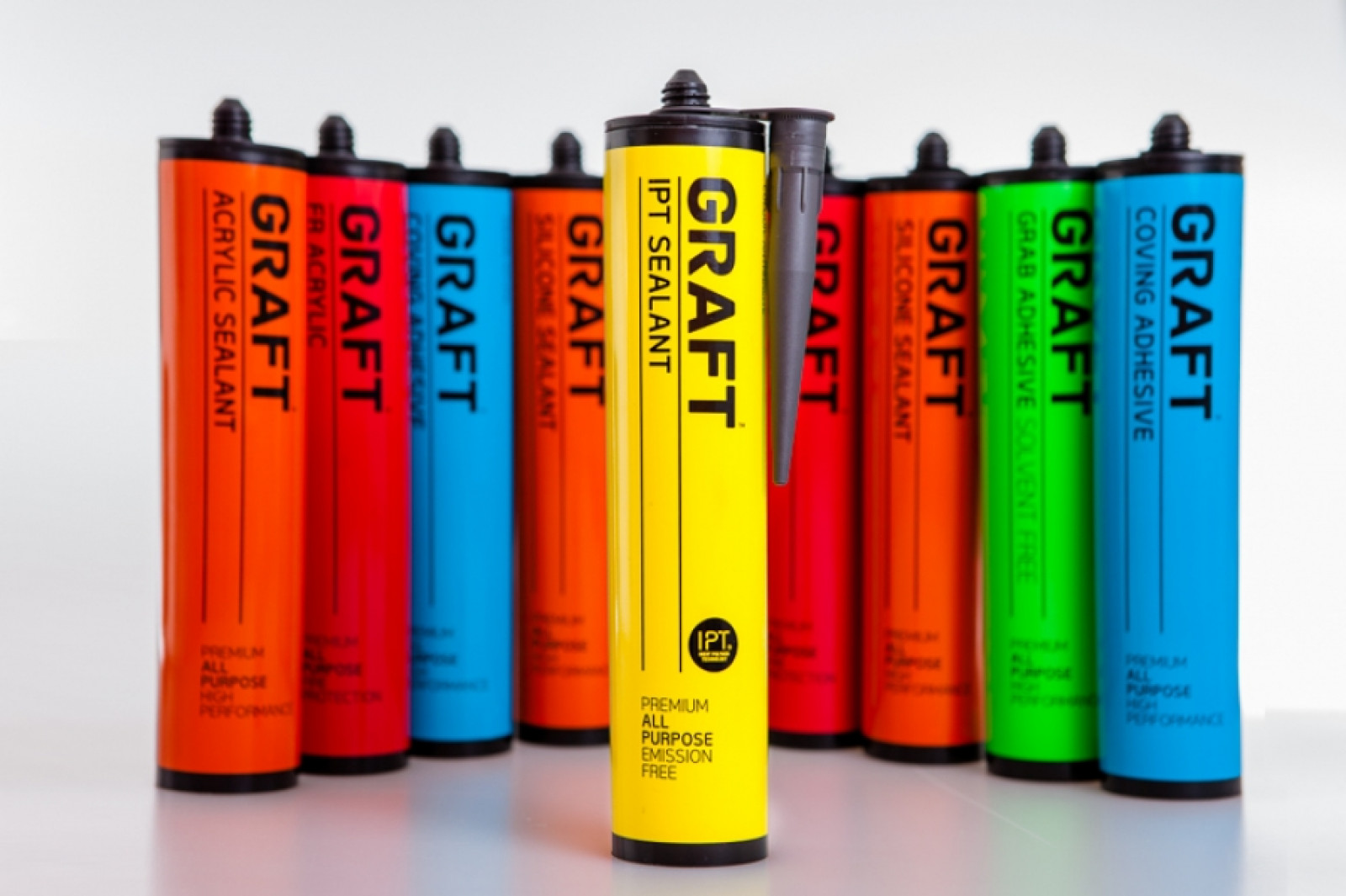The world of branding has evolved to such an extent that it is no longer a Ânice to have design exercise, but an integral part of an organisationÂs business strategy with a bottom-line impact. So, what opportunities does this present to modern manufacturers? Darren Evans, founder and design director of specialist branding agency The Engine Room, offers his thoughtsÂ
WeÂre met with constant headlines about how the service industry is thriving, especially in the North. This canÂt make for easy reading for manufacturers who are continually being pressured by eroding margins, cheap imports and a notable skills shortage.
However, with most market challenges come opportunities, providing the right, strategic approach is adopted.
Take Polyseam, for example, a manufacturer of building and construction materials. At MY15, this organisation talked, very frankly, about the state of the industry. At the time, manufacturing was under threat throughout the whole of the UK, not just Yorkshire. A growing number of brands were taking manufacturing in-house or buying from overseas suppliers. This, coupled with increasingly price-driven demand, meant the commercial outlook for many, was bleak.
Determined to drive their business forward, Polyseam embraced innovation, developing a new, ground-breaking, all-in-one adhesive and sealant. The inert polymer technology (IPT) achieved award recognition, but still the own-brand product struggled to gain traction. The manufacturer therefore approached The Engine Room to clarify their market positioning, review the name and brand of the product, and recommend the design and communications tools that would drive success thereafter. Something had to be done.
The business objective was clear. And the importance of achieving it, even more evident.
We approached the project using the process weÂd advise for any manufacturer embarking on a similar assignment. It was crucial to truly understand PolyseamÂs goals in terms of direction, growth and production potential. Without this information, it would not have been possible to devise a meaningful product brand design strategy  certainly not one that could bring about business upturn.
We delved deep, conducting everything from team workshops, to product demonstrations, site visits, work shadowing, in-store point-of-sale research and competitor analysis. Only when armed with the findings, did we have the insight we needed to progress. And we completely reframed the brief as a result.
We knew that, to compete, Polyseam had to step into the brand space, rather than stick solely to their manufacturing roots. We also identified that, whilst IPT alone wouldnÂt achieve the clientÂs growth aspirations, their credentials were first class and there was a market opportunity. Our key conclusion was that a range of products was required.
And hence GRAFT was born  hard working products for hard working people. Complete with bold typography and stand-out colours, it developed its own identity. Design cues responded to buyers needs and we even brought the emission-free messaging to the fore to appeal to international audiences.
So, two years since Polyseam first attended Manufactured Yorkshire, where is GRAFT now? There has been a 744% uplift in annual sales revenue since the rebrand, an overwhelming increase in export turnover, (Polyseam won the Export Business of the Year Award at the Sheffield Business Awards in 2016), a 22:1 return on design investment and a creation of 5 new jobs as a direct result of GRAFTÂs success. The future is also bright with a 50,000sqm purpose-built factory on the horizon and a further 50 jobs on the cards by 2020.
The project has completely transformed PolyseamÂs business model. We went on to scoop a gold Design Impact trophy at the DBA Design Effectiveness Awards in London, as well as the prestigious Grand Prix Âwinner of winners accolade.







